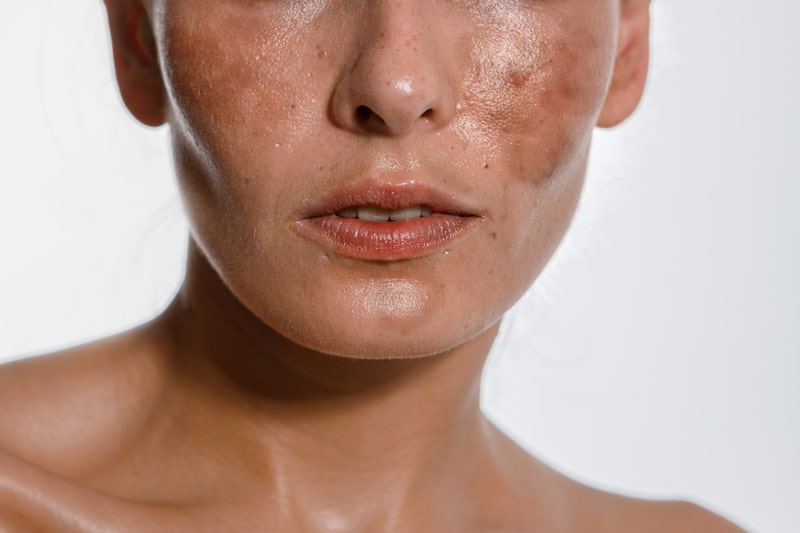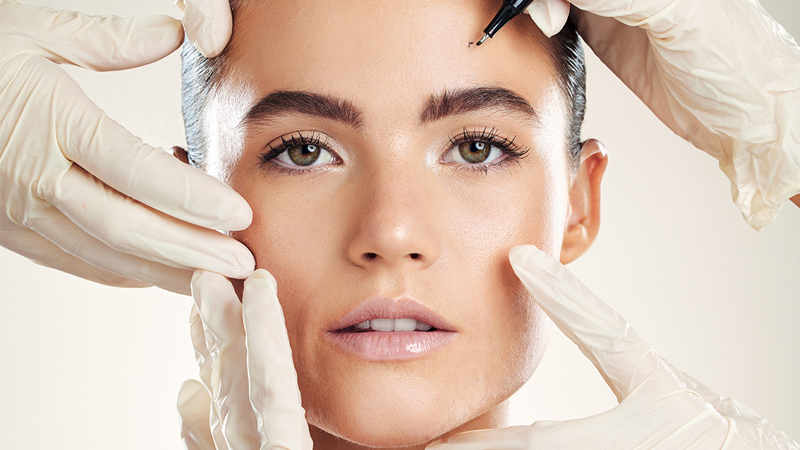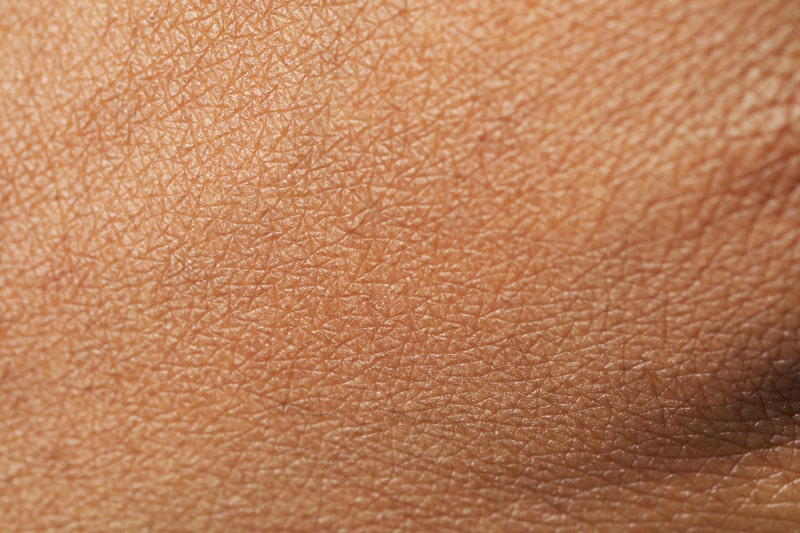Hyperpigmentation is a condition that affects people of various ages and skin types. It is characterized by the appearance of dark spots caused by an excess of melanin, which can result from factors such as sun exposure, hormonal changes, inflammation, or even skin injuries.
There are effective solutions for treating hyperpigmentation, ranging from topical products to advanced aesthetic procedures. Additionally, prevention plays a key role in avoiding the appearance of new spots or the worsening of existing ones.
What is hyperpigmentation?
It is a skin condition characterized by the darkening of specific areas due to an increase in melanin production, the pigment responsible for the color of our skin, hair, and eyes. These dark spots can vary in size, intensity, and location, affecting both the face and the body.
There are different types of hyperpigmentation, the most common being:
- Melasma: generally associated with hormonal factors and often worsened by sun exposure. Melasma is more common in women and typically appears on the face, especially on the cheeks, forehead, and upper lip.
- Sun spots: also known as solar lentigines. They result from prolonged sun exposure and typically appear on exposed areas such as the face, hands, and décolletage.
- Post-inflammatory hyperpigmentation: occurs after skin injuries or inflammation, such as acne, burns, or dermatological procedures.
The main causes include ultraviolet radiation, hormonal changes, aging, and skin damage. However, other factors such as certain medications, medical conditions, and genetic predisposition can also play a role.
Care and prevention of hyperpigmentation
Prevention is essential for managing hyperpigmentation, as it prevents existing spots from worsening and reduces the risk of new ones. Sun protection is key. Daily use of a broad-spectrum SPF 50 sunscreen is indispensable to protect against UVA and UVB rays. It is also important to avoid direct sun exposure, especially between 10 a.m. and 2 p.m.
Regular exfoliation helps remove dead skin cells and promotes cell renewal, improving skin tone and texture. However, it is important not to overdo it to avoid irritation. Maintaining well-hydrated skin is equally essential. Hydrated skin recovers more effectively and is less prone to damage. Look for products containing ingredients such as hyaluronic acid, aloe vera, or niacinamide to enhance hydration and soothe the skin.
Daily habits also play an important role. Avoid touching the spots, as manipulating them can worsen pigmentation. Maintaining a diet rich in antioxidants, with fresh fruits and vegetables, helps combat oxidative stress that contributes to hyperpigmentation. Additionally, managing stress benefits both your skin and overall well-being, as stress can trigger hormonal imbalances that exacerbate the condition.
Incorporating these care practices into your daily routine not only improves the appearance of the skin but also strengthens it, creating an effective barrier against future spots. A combination of prevention and proper care is the path to more even and healthy skin.
Aesthetic treatments for hyperpigmentation
There are multiple options for treating hyperpigmentation, ranging from topical treatments to procedures performed by specialists. Below, we explore the most effective alternatives for addressing this condition.
Topical treatments and their benefits
Topical treatments are one of the most accessible and effective options, especially in mild to moderate cases of hyperpigmentation. Some of the most recommended ingredients include:
- Azelaic acid: helps reduce inflammation and lighten dark spots.
- Hydroquinone: considered the gold standard for depigmentation, it inhibits melanin production.
- Kojic acid: a natural derivative that acts as a gentle depigmenting agent.
- Retinoids (such as tretinoin): promote cell renewal and improve skin texture.
- Vitamin C: a powerful antioxidant that helps even out skin tone and enhances radiance.
These ingredients are found in various creams and serums available in both pharmacies and dermatological clinics. However, their use should be supervised by a professional to avoid irritation or adverse effects.
Most effective professional procedures
When hyperpigmentation is more severe or faster results are desired, treatments performed by specialists are an excellent option. The most notable among these include:
- Laser therapy: uses targeted light to break down melanin deposits, resulting in more even skin.
- Intense pulsed light (IPL): ideal for treating sun spots and melasma, especially on fair skin.
- Chemical exfoliations: use acids such as glycolic or salicylic acid to remove superficial layers of the skin and stimulate cell regeneration.
- Microdermabrasion: a technique that gently exfoliates the skin to reduce pigmentation and improve texture.
- Electroporation: achieves skin lightening by delivering active ingredients directly into the skin without causing damage or side effects.
These procedures are effective but may require multiple sessions and strict post-treatment care.
Specific depigmenting treatments
Some professional treatments are specifically designed to address the most resistant cases of hyperpigmentation. Notable examples include:
- Cosmelan®: globally recognized, this depigmenting treatment works on the deeper layers of the skin to eliminate dark spots.
- Dermamelan®: ideal for persistent spots, its formula includes potent actives that effectively reduce melanin production.
Both treatments provide noticeable results but must be performed under the supervision of a dermatologist or certified specialist.




